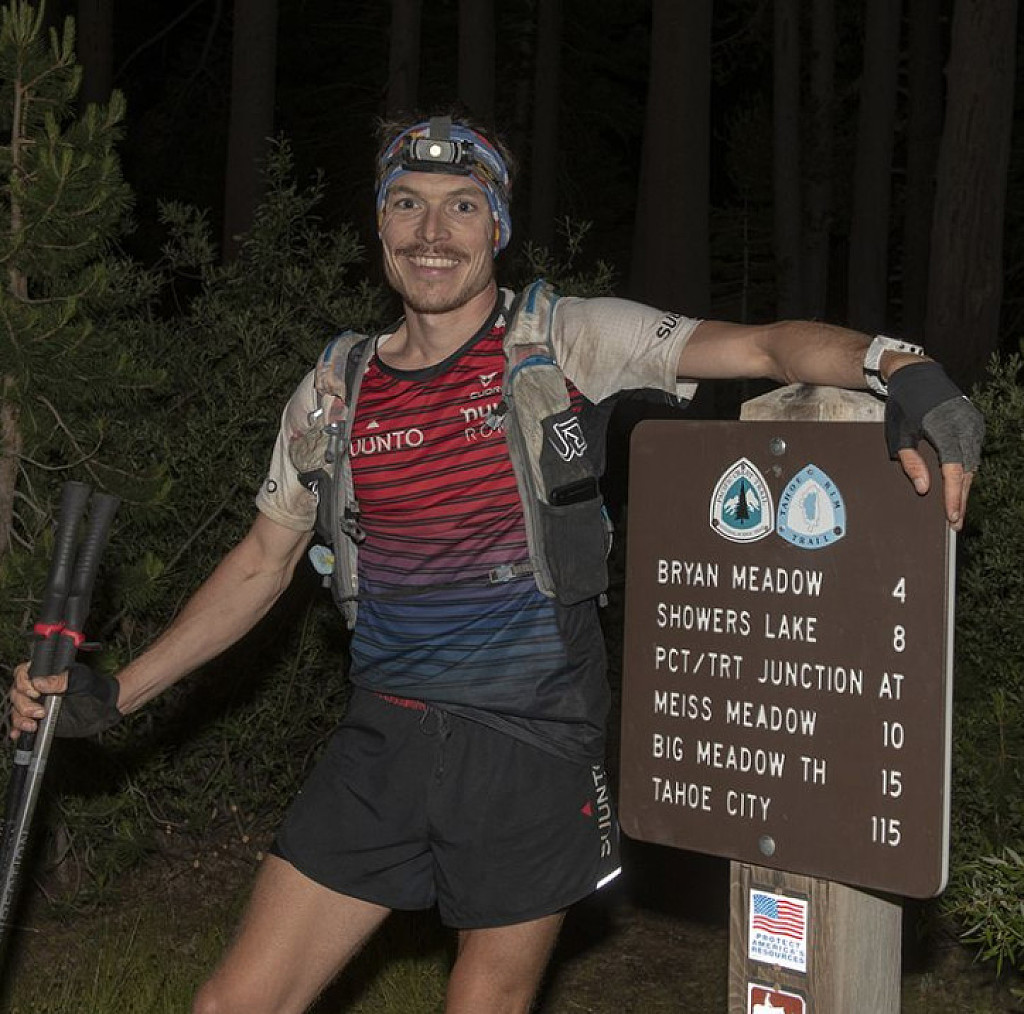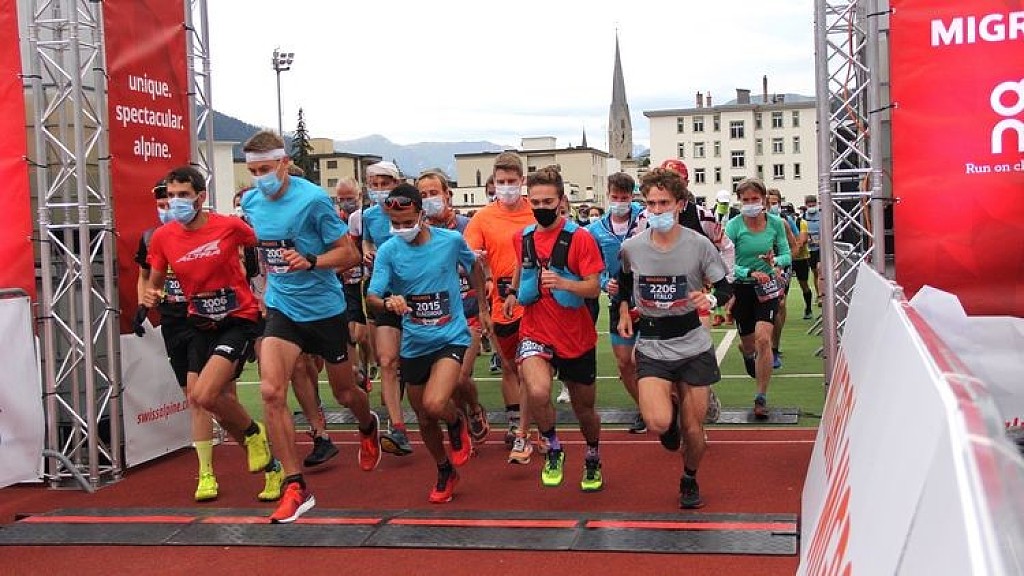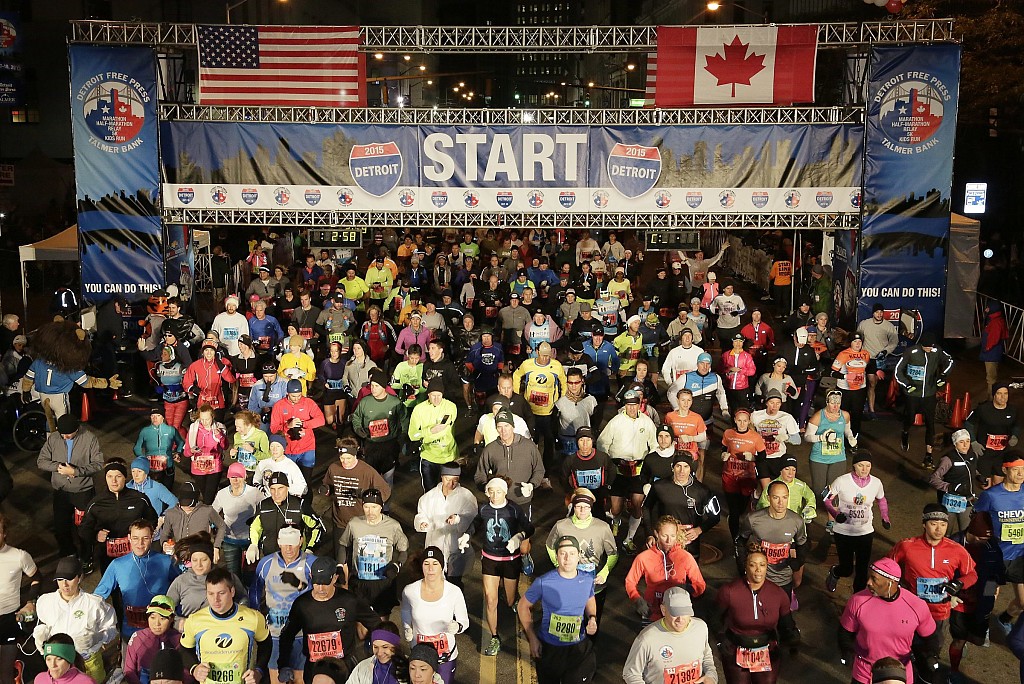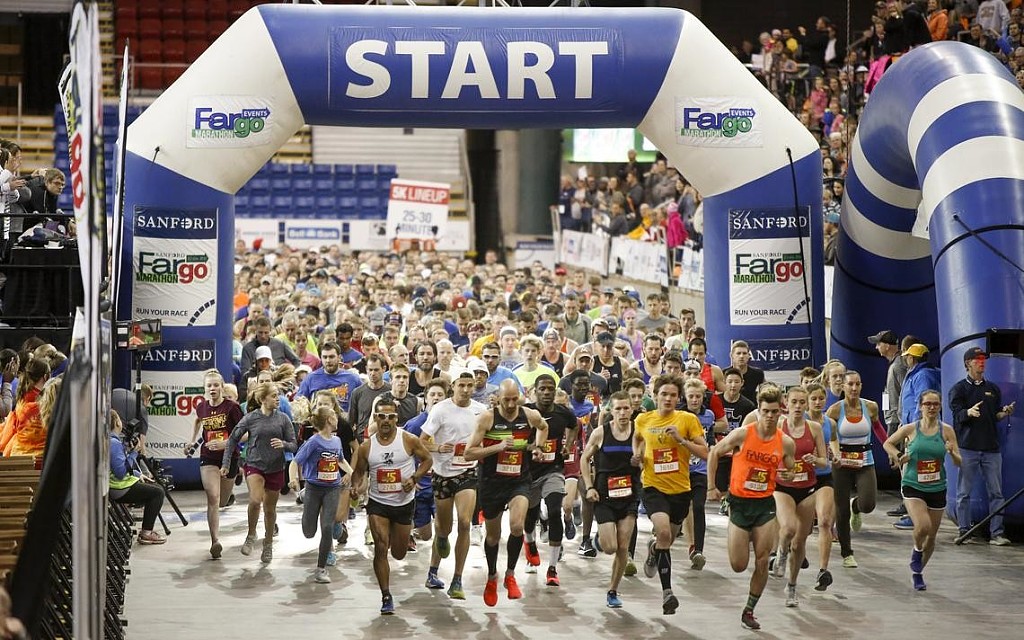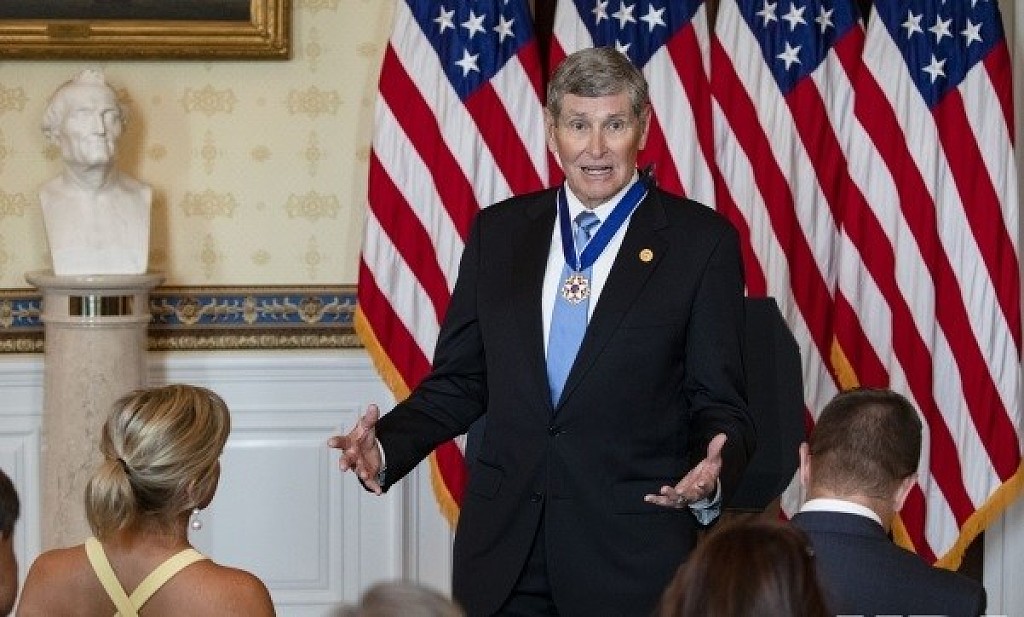Running News Daily
Top Ten Stories of the Week
8/1/2020
These are the top ten stories based on views over the last week.
Motivated by Mosquitos, Kyle Curtin Sets the Unsupported FKT for the Tahoe Rim Trail
The long days and the full moon created prime conditions for FKTs this week.
The longer days and the full moon made for a prime environment for fastest known time (FKT) attempts last weekend—and several records were taken down.
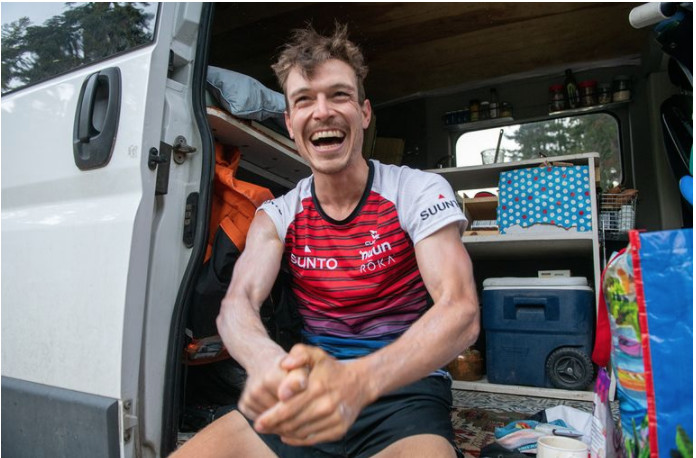
One of the most notable was the unsupported FKT on the Tahoe Rim Trail by Kyle Curtin, who is the current course record-holder for the Tahoe 200.
The 33-year-old was originally planning to run Western States the final weekend in June, but that was canceled in March because of the coronavirus pandemic. But he was in racing shape, so he made the decision to go for the 165-mile FKT on the Tahoe Rim Trail about a week before his July 3 attempt.
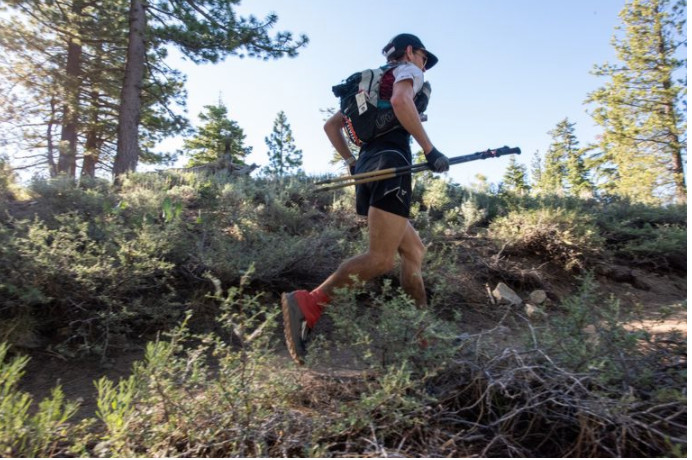
“I was looking at my time for Tahoe 200 around mile 171, and it was close to [Kilian Jornet’s] 2009 FKT on the trail,” Curtin told Runner’s World. “I was trying to link up with some friends to do it later this year, but seeing so many people going out and the moonlight, I thought this was the best time to do it.”
Curtin is no stranger to backpacking, fastpacking, or spending days on the trail without support—all of which helped when planning his FKT attempt. The week of, he scraped together his fueling and mileage plans; he organized the 10,000 calories he’d carry from the start, in the form of citrus- and fruity-flavored snacks during the day and coffee, chocolate, and nuts for nighttime. He also relied heavily on liquid calories from Nuun and Tailwind.
The toughest part of the FKT attempt was managing his water intake, which ended up nearly ending his journey. Though there are many natural water sources along the trail, the 35-mile section between Mount Rose and Edgewood Creek did not have one. There was an option for still water from Spooner Lake that was half a mile off the trail and tasted like “fish-tank water,” according to Curtin.
When he reached that point, he decided not to get water, but the long period with rationed water dehydrated him. Curtin estimates that he wasn’t able to refuel from 3 p.m. to 11 p.m.—eight hours.
“Once I was out of water, I was in trouble,” he said. “I fell behind on calories, and that, too, put me in a hole. That’s when I had the biggest meltdown that night. I was suffering from dizziness, dehydration, and probably altitude sickness, and I was moving slow. I texted the photographer who was out with us that I was done. I laid down on the side of the trail and I think I took a 40-minute nap. I’m not totally sure, but when I woke up, I had a bunch of encouraging texts and that got me out of my temper tantrum.”
With some fresh calories in him and some rest, he powered through. At his final stop, 16 miles before the finish, he kept his mind on his mantra, “don’t be out here a second night.”
Over that final section, he thought he would cruise. Instead, he struggled over the 1,900 feet of gain and 2,700 feet of descent. Luckily, he found motivation to always keep moving in an unexpected source.
“Mosquitoes are encouraging,” he said. “If you stop, they’ll just start biting you immediately. That was really true at the end.”
It ended up taking him four hours to do the final 16 miles, and his perseverance helped him nab a 41-hour and nine-minute finish, good enough to get him the unsupported record and the second fastest time ever on the trail.
“My ankles are so swollen, but it was fun,” Curtin said. “I’m definitely thinking about doing some routes running or fastpacking on like the Hardrock course, which is one of my traditions, and some routes near where my family is in Asheville, North Carolina. For now, I’ll have some beer and pints of Ben & Jerry’s.”
Curtin isn’t the only one who took on the FKT this weekend. The women’s FKT on the Tahoe Rim Trail was actually broken twice. First, Helen Pelster took the unsupported record on July 2, finishing in three days, three hours, and 44 minutes—only 12 minutes behind her self-supported FKT on the trail in 2019.
But that was short-lived as Candice Burt broke the record days later, finishing her unsupported run in two days, 12 hours, and 47 minutes.
Another FKT worth mentioning is Joey Campanelli’s destruction of the Nolan’s 14 route—14 14,000-foot peaks—which he completed in 41 hours. The time bested Joe Grant’s 2018 time of 49 hours, 38 minutes. And on the women’s side, Sarah Hansel set the overall and unsupported women’s Nolan’s 14 FKT in 57 hours and 43 minutes.
FKTs, which have been popular for years, have been especially appealing to runners in the absence of races. Big records on routes like the Ice Age Trail and the Long Trail have been shattered during the pandemic, along with many others.
(07/25/20) Views: 164Runner’s World
The 35th edition of the Swissalpine finds success with new safety concept
The 35th edition of the traditional Swissalpine running spectacle was the acid test for larger running events since the coronavirus struck.
The relief was clear to see for Andrea Tuffli, the Founder and President of Swissalpine. “The concept, which we had completely redeveloped within two months and coordinated with the cantonal administration and the municipality of Davos, has proven itself.
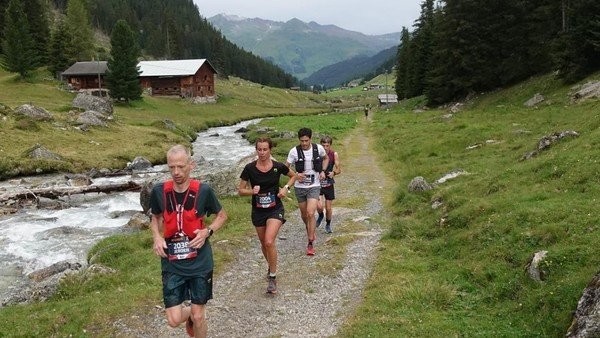
The start and finish area is the most important sector; here we were able to sign the maximum number clearly with block starts of 300 runners and a minimum of helpers from the organization,” said the 78-year-old, pioneer of the Swiss mountain running and trail scene.
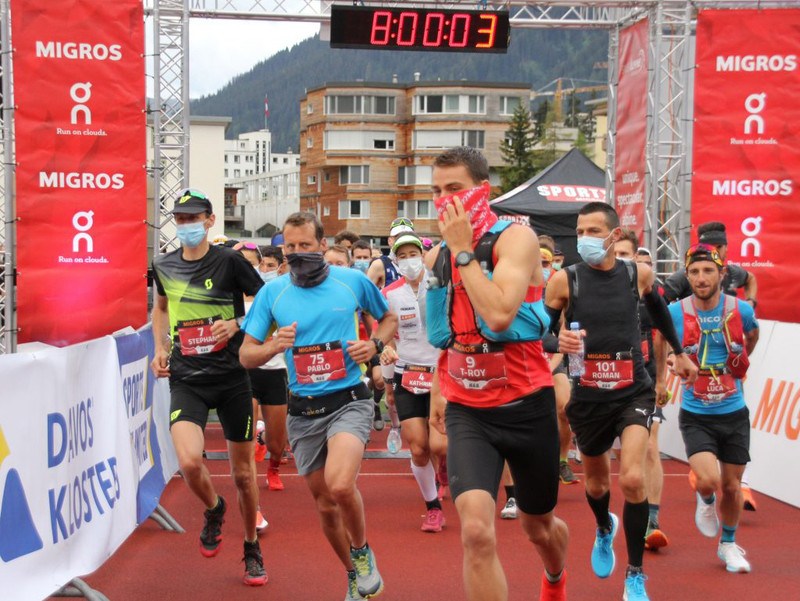
“The block start system with a responsible protection concept worked well, not least because of the discipline of the participants. I can imagine using this system next year, hopefully without masks.”
Swiss Athletics President Christoph Seiler came to get an idea of ​​a major event in which almost 2000 runners competed over the two days of the event. “Davos sets an important example in the running calendar, which has been severely affected by the corona pandemic. It is impressive what Andrea Tuffli and his team have accomplished in a short time.”
(07/27/20) Views: 161Wilfried Raatz
Elite runner Tommy Rivers Puzey, in life-threatening crisis, transferred to Scottsdale hospital
Flagstaff elite runner Tommy Rivers Puzey, a two-time Rock 'n' Roll Arizona marathon champion, was transferred to a hospital in Scottsdale on Thursday with hopes of helping his recovery from a life-threatening respiratory condition.
Puzey, 35, was hospitalized in Flagstaff for more than three weeks and for a week has been in an induced coma and on a ventilator to assist his breathing.
Jacob Puzey said transferring his younger brother to Shea Medical Center will allow him to receive extracorporeal membrane oxygenation (ECMO) on a machine that replaces the heart and lungs function.

"Even with the ventilator, he wasn't able to get enough oxygen into his lungs," Jacob said. "They oxygenate the blood (on ECMO) rather than trying to pump it straight into the lungs. There are risks, but it didn't seem like the ventilator was doing enough."
In early June, Puzey had a major medical scare while running in the Grand Canyon with friend Derrick Lytle, unsure if he would survive. "Somehow after 12 hours we made it out as the sun rose," he wrote on a social media post. "Life is a fragile thing. Be grateful for each new day and hold tight all the good things this world has to offer."
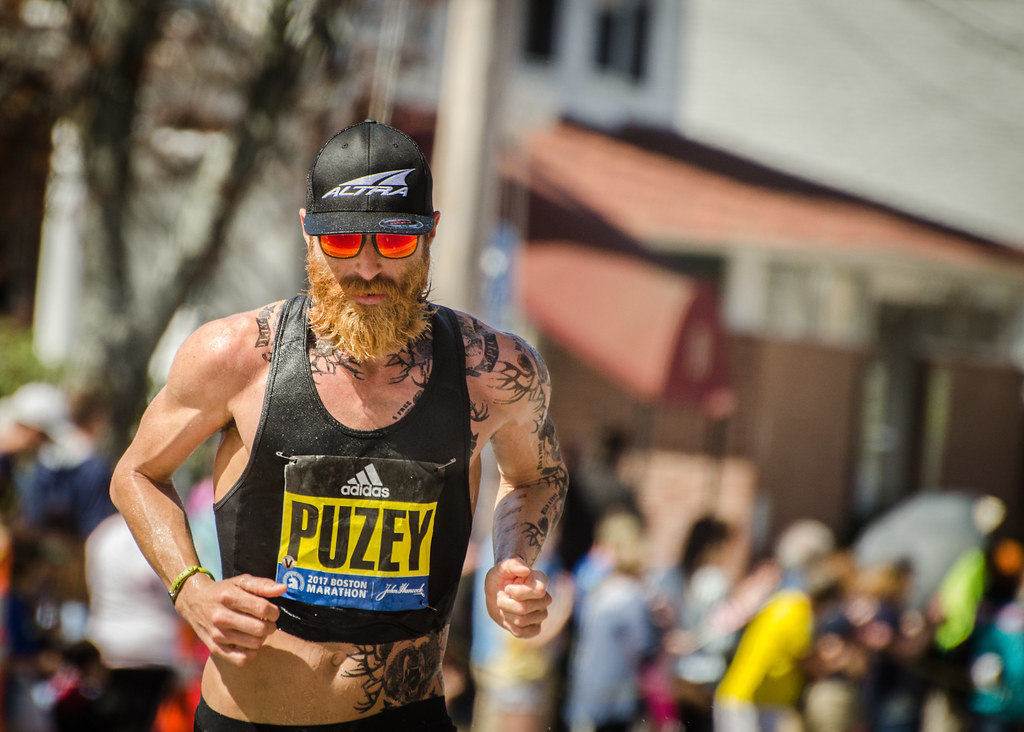
Jacob Puzey said his brother has not tested positive for coronavirus and believed the issues in the Grand Canyon were due to dehydration and heat stroke. "He realized it was more in his lungs so it felt like pneumonia," which Tommy had when he was a child, Jacob said.
Puzey still resisted going to the hospital, in part for financial reasons, until it became clear to him and his wife Stephanie that there was no alternative. The couple has three young daughters. Tommy works as a physical therapist in addition to his running career.
"They've tested for bacteria, viral, fungul, all sorts of things," including cancer, Jacob said, but a definitive answer has yet to be identified.
Puzey is an internationally known trail runner who obtained a doctorate in physical therapy from Northern Arizona University in 2017. His road racing successes including Rock 'n' Roll Arizona titles in 2016 and 2017 and finishing 16th at the 2017 Boston Marathon in 2:18.20. He also won the Las Vegas Rock 'n' Roll Marathon in 2018 and 2019.
At the 2020 Houston Marathon in January, Puzey was on pace for a personal best and to qualify for the U.S. Olympic Trials when tripped in a pothole late in the race, suffering meniscus and hamstring tears.
"He doesn't care what the end result is in terms of who wins the race," said Jacob, also a distance runner and running coach. "The way we were raised is wastefulness is an unpardonable sin. You don't waste your talents and opportunities.
"He knew he was in 2:14/2:15 shape at Houston. He was leading the charge of the pace group and pulling away. He never felt better in his life. The only regret he would have is that was his last shot in this Olympic window. He was knocking on the door of his full potential."
Puzey is widly admired in the running community for his work ethic, personality and intellect. In less than a week, more than 5,000 people donated more than $250,000 to a GoFundMe account on his behalf.
Even while in the hospital in Flagstaff, Puzey posted several Instagram videos explaining his situation and reflecting on his love for his family and others.
"It's been inspiring and humbling and at the same time not at all surprising," Jacob said. "It speaks to the incredible humanity that exists in the running community and to the impact he has add on individuals.
(07/24/20) Views: 100Jeff Metcalfe
Mizuno has been announced as the new clothing sponsor of the Honolulu Marathon, still scheduled for December 13, 2020
Mizuno has been announced as the new clothing sponsor of the Honolulu Marathon for the 2020 event – still scheduled for 13 December 2020.
The Japanese apparel specialist will provide all finisher, commemorative and volunteer shirts and sell official merchandise at the Honolulu Marathon Expo.
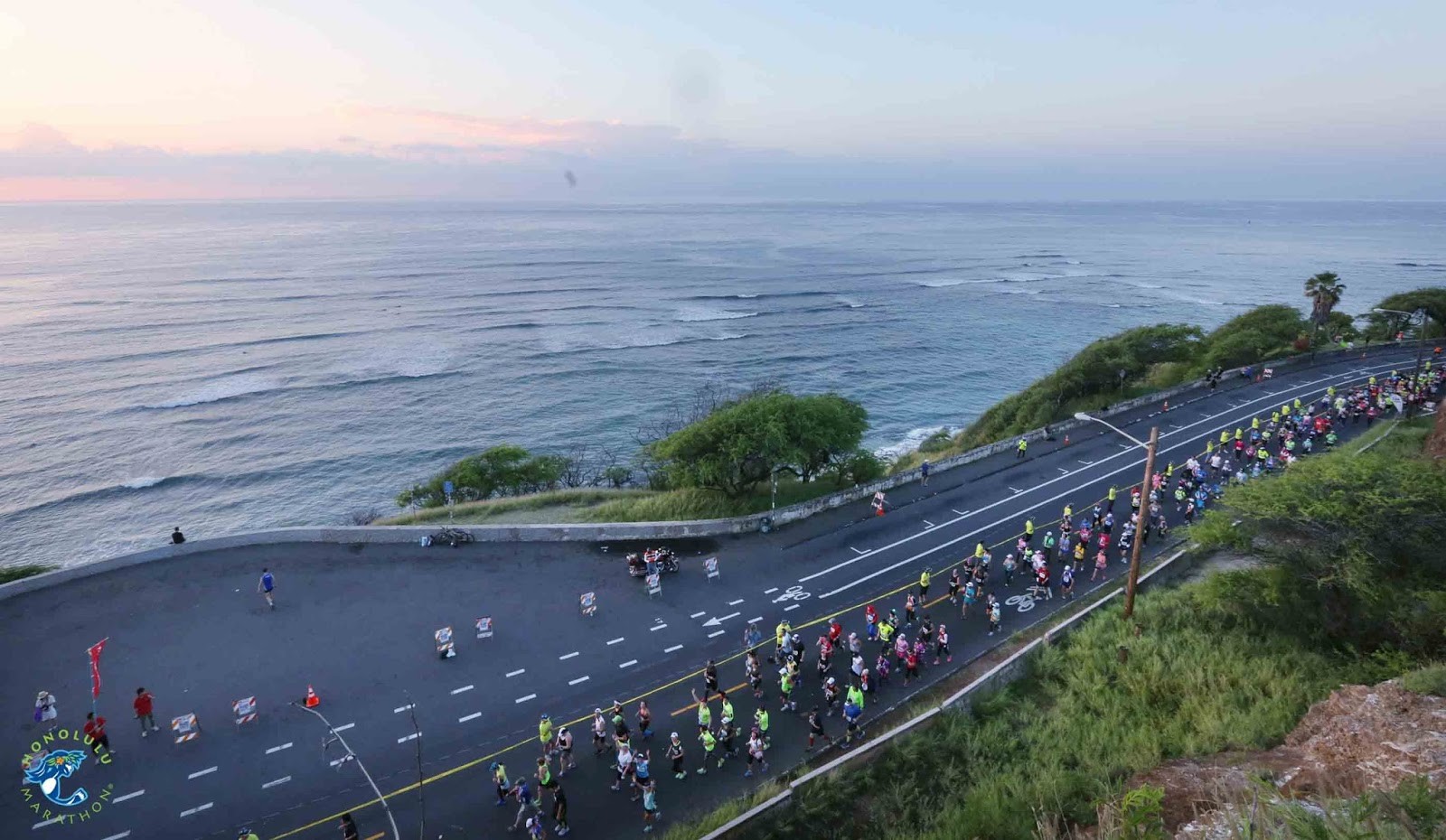
The announcement comes at a time when nearly all Japanese marathons previously scheduled for 2020 have been postponed to 2021 and some events in the first two months of 2021 are already being cancelled, most recently the Ubusuki Nanohara Marathon, planned for 10 January. There are no prospects for Japanese marathon runners below elite level to compete domestically for the rest of the year.
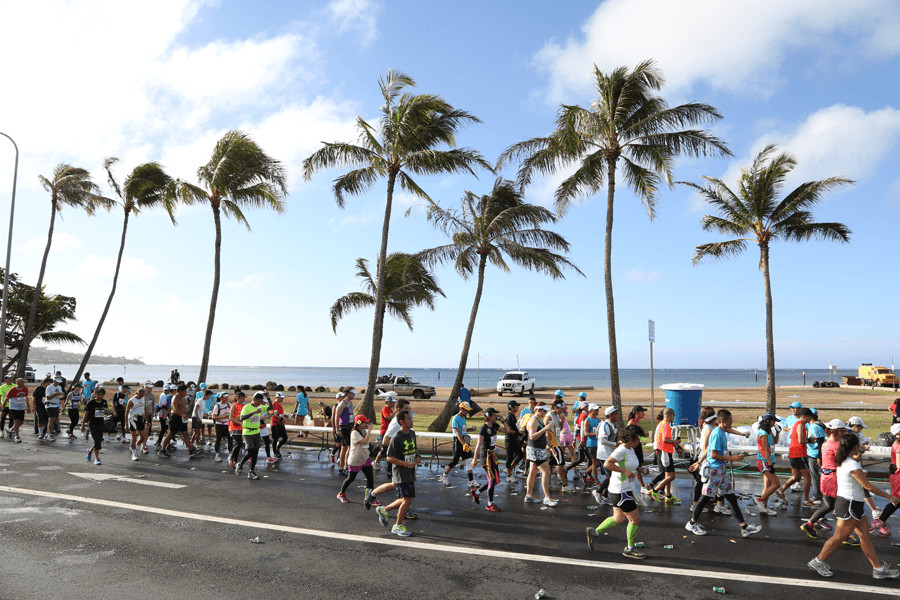
The Honolulu Marathon was first held in 1973 and is the fourth largest marathon in the United States. From inception it was hugely popular in Japan as it was the most available marathon for non-elite Japanese Marathon runners before the advent of mass marathons in Japan only 13 years ago. To date about 470,000 Japanese runners have raced at the Honolulu Marathon. The size of the Honolulu Marathon field dropped from 24,500 in 2006 to 20,000 in 2007 after the first mass marathon in Japan was held in Tokyo that year.
For this year at least Honolulu Marathon may again stand out as the best chance for Japanese Marathon runners to race. Hawaii to date has had 1400 cases and 25 deaths. Although it has not yet waived its 14-day quarantine requirement such an announcement is anticipated.
“We are particularly proud to welcome such a premier athletic company at this difficult time,” said Jim Barahal, CEO & President of the Honolulu Marathon Association. “This demonstrates Mizuno’s long-term commitment to the people of Hawaii and Japan.”
(07/24/20) Views: 90The Detroit Free Press Marathon, is joining other large cities in canceling its fall event because of the coronavirus
For the first time since 1978, the Detroit Free Press/TCF Bank Marathon will not take place in person this year.
Race weekend, which was scheduled for Oct. 16-18, 2020, will not take place downtown due to the coronavirus pandemic.
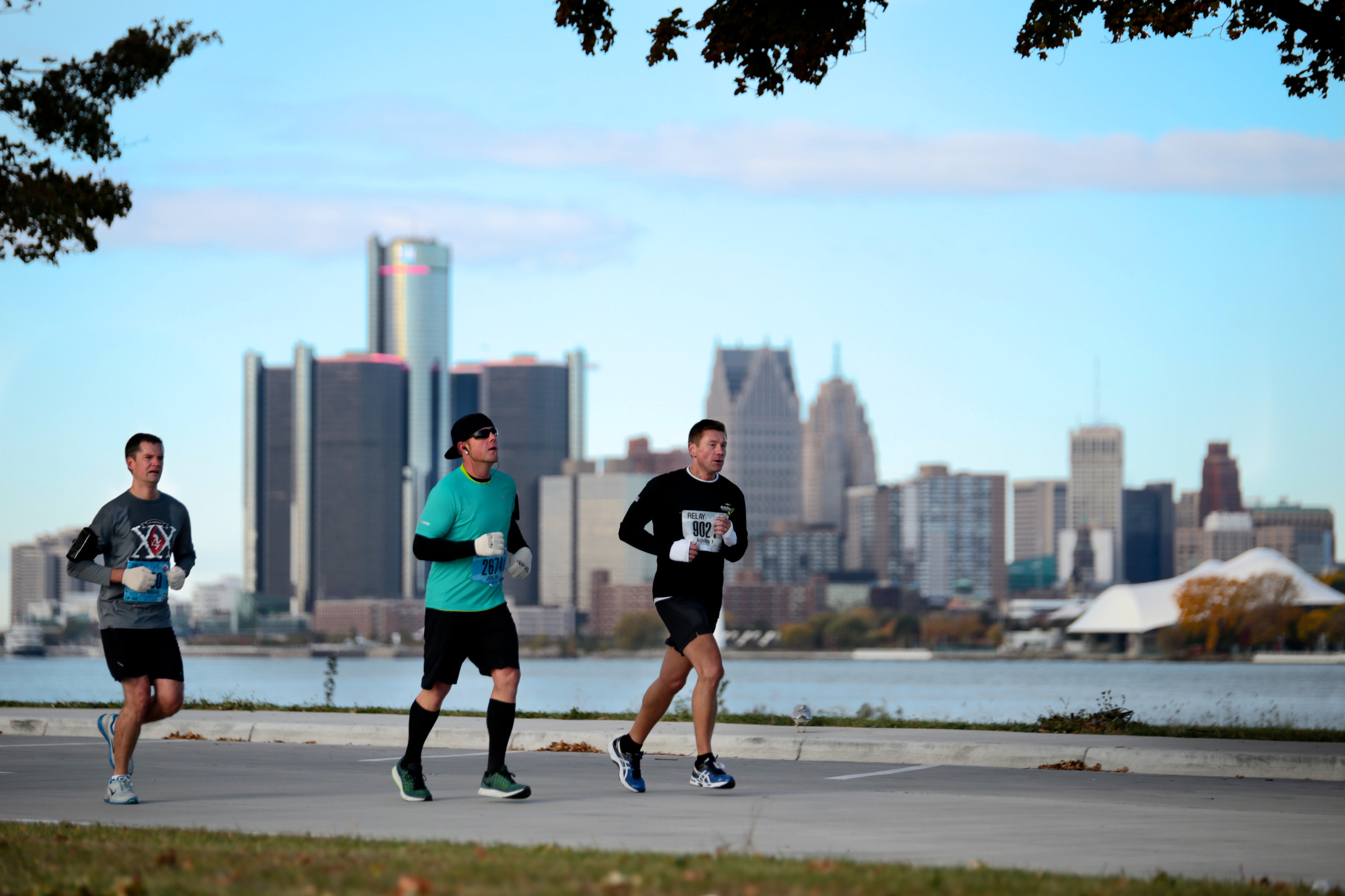
“Detroit’s Marathon Weekend is not just any weekend. It’s a celebration of athleticism, perseverance, community and the best Detroit has to offer. In March when our world as we knew it seemed to change, we were hopeful that we would be able to run together in October. As time has gone on, it has become clear to us that this will not be the case. It is with a heavy heart that we are announcing we will not be gathering together at the start line this year,” the Detroit Free Press/TCF Bank Marathon staff said in a released statement Friday.

“After considerable consultation with public health and safety officials as well as discussions with our staff, volunteers, sponsors and most importantly our participants, we are announcing that the 43rd Detroit Free Press/TCF Bank Marathon will be run virtually due to COVID-19.”
Registered participants will have the option to participate in our virtual event, defer your registration to 2021 or 2022 at no cost or get a 50% refund on this year's event. Details of the virtual races will be available in a July 30 e-mail with further instructions.
Until then, registration is closed.
“We are heartbroken and disappointed. However, we are working to create the most engaging and collective virtual experience possible — there are celebrations still to be had this year! If we’ve learned anything from our community, it’s that the only way we persevere is together. So even if it’s virtually from our own start lines, we look forward to commemorating our achievements together, even if we’re apart.
“When we are able to return to the streets of Detroit in 2021, our race will not just be a run. It will be a celebration of our participants, supporters, volunteers and more. And celebrate, we will.”
(07/24/20) Views: 85Anthony Fenech
2020 World Athletics Half Marathon Championships Gdynia will Launch Virtual Mass Race
World Athletics and the Local Organizing Committee of the World Athletics Half Marathon Championships Gdynia 2020 have launched a new initiative - a virtual mass race on October 17, the same day when the world's elite runners will compete for the championship.
The aim is to encourage runners all around the world to run a half marathon wherever they are on October 17. "It is important to clarify this does not mean that the 'real' mass race we have planned in Gdynia will not take place.
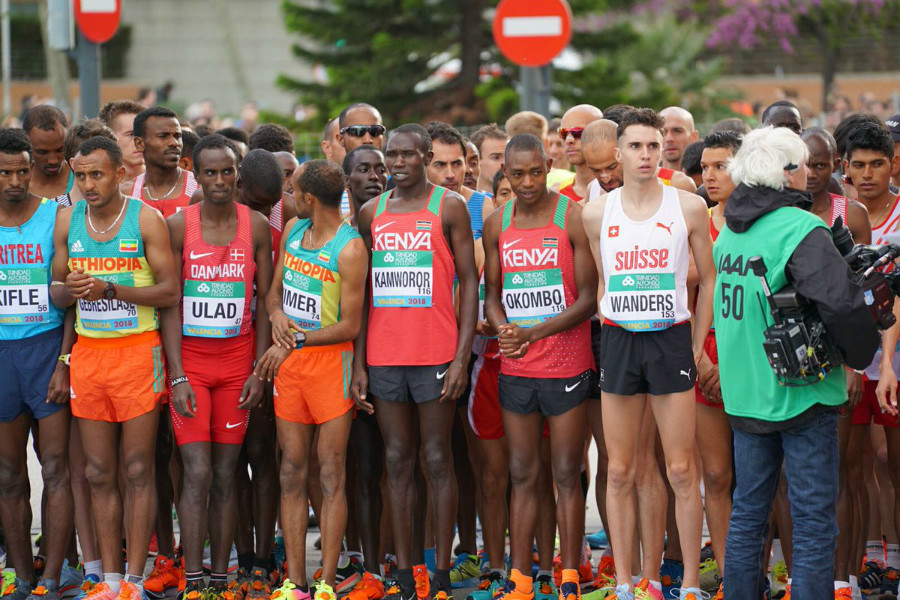
The virtual competition is an addition to our event. We just want to enable the global running community to be with us on October 17 and join the biggest half marathon in history," Michal Drelich, Head of the LOC said in a release.Intense efforts have been made to ensure the World Athletics Half Marathon Championships Gdynia 2020 - including the mass race - can be held in 2020. The final decision will be taken by the end of August.
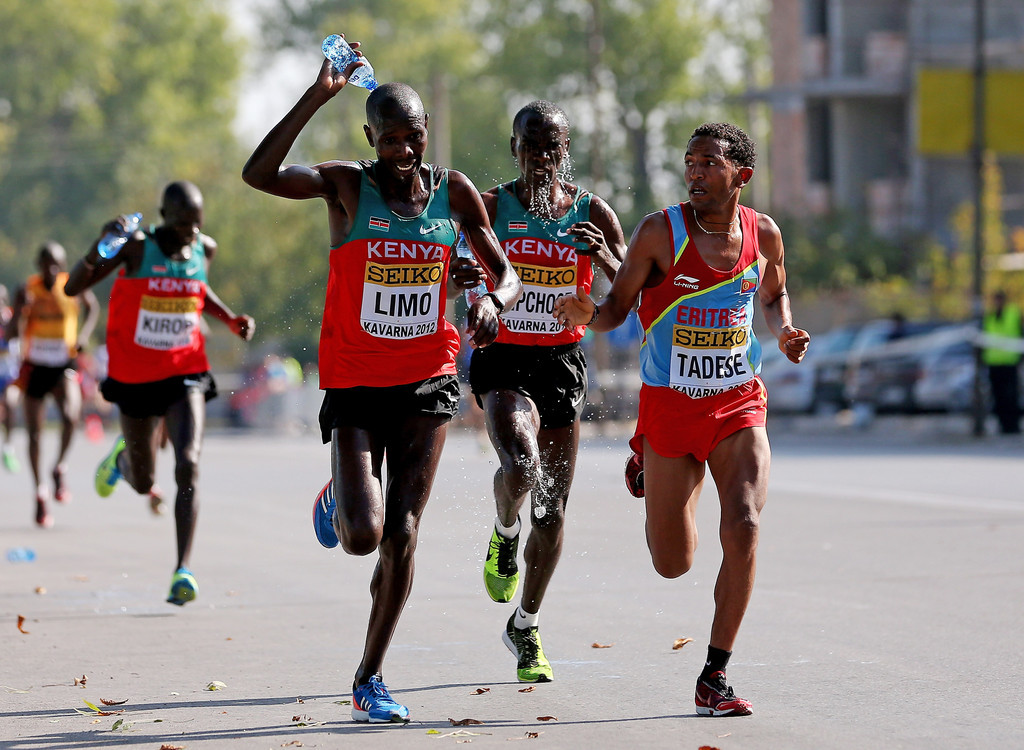
However, amateur runners who have previously registered for the mass race in Gdynia can already opt to switch to virtual competition, keeping all the benefits from the real mass race, including an Asics t-shirt, an official backpack and a uniquely designed finisher medal.
The idea behind the virtual run is far more universal, involving the global running community. As the event's official motto says: All you need is running.World Athletics president Sebastian Coe has invited runners around the world to participate in this virtual event."As a runner, I've been delighted to see so many more people take up or return to running to maintain their fitness in the challenging circumstances we have all faced due to the pandemic this year," Coe said.
"Having a goal is always good motivation to keep fit and I hope that runners around the globe will join in and take the challenge of running a half marathon wherever they may be on October 17," Coe said.
(07/24/20) Views: 81Fargo Marathon has been cancelled due to the ongoing coronavirus
The optimism organizers of the Sanford Fargo Marathon had in June of rescheduling for the end of August came to another conclusion on Monday, July 27. The biggest participation event in the history of Fargo-Moorhead-West Fargo canceled the races slated for the week of Aug. 24-29.
That includes the marathon, half-marathon, marathon relay, 10K, 5K, Youth Run, Furgo Dog Run and Cyclothon. The recent surge of coronavirus cases around the country was cited as the main reason, said marathon executive director Mark Knutson.
“It’s getting pretty crazy as we all know,” he said. “Even locally and regionally the numbers are up in North Dakota and Minnesota.”
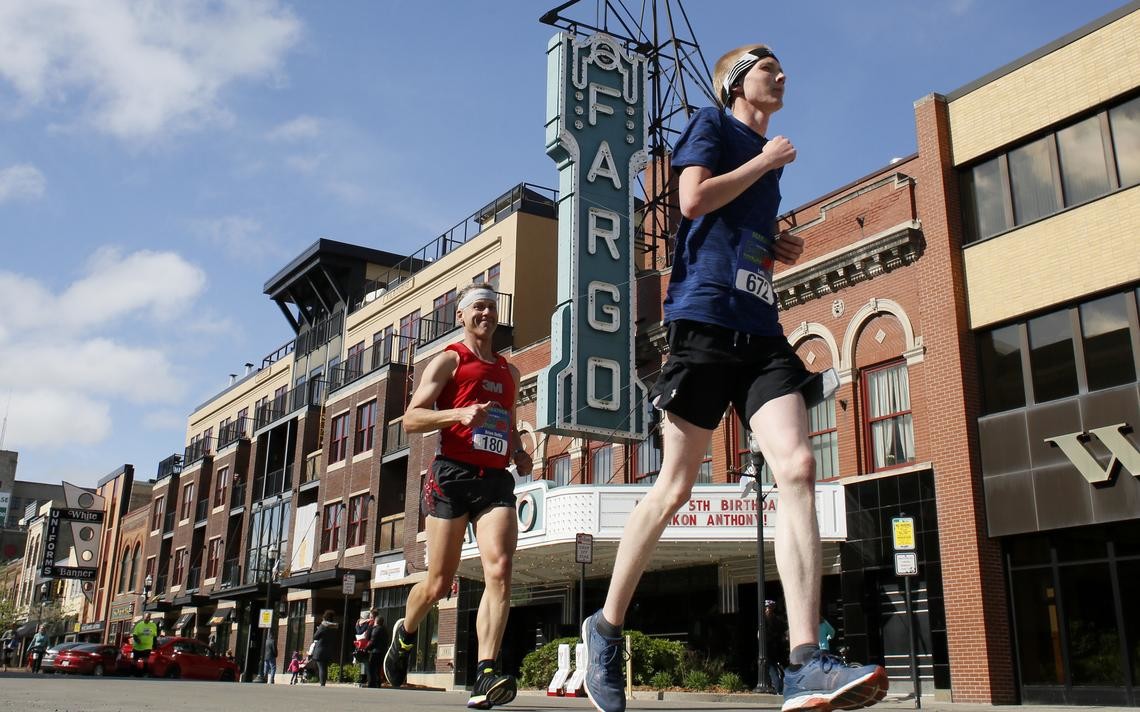
The 16th annual event will be rescheduled for next May 22. Rugged Races, which owns the marathon, is offering three refund options: defer to next year, full refund from this year or do the event virtually.
Moreover, for the virtual runners for the full and half marathons, Sanford Health will send a Fargo Marathon jacket to each participant in addition to the usual swag of items.
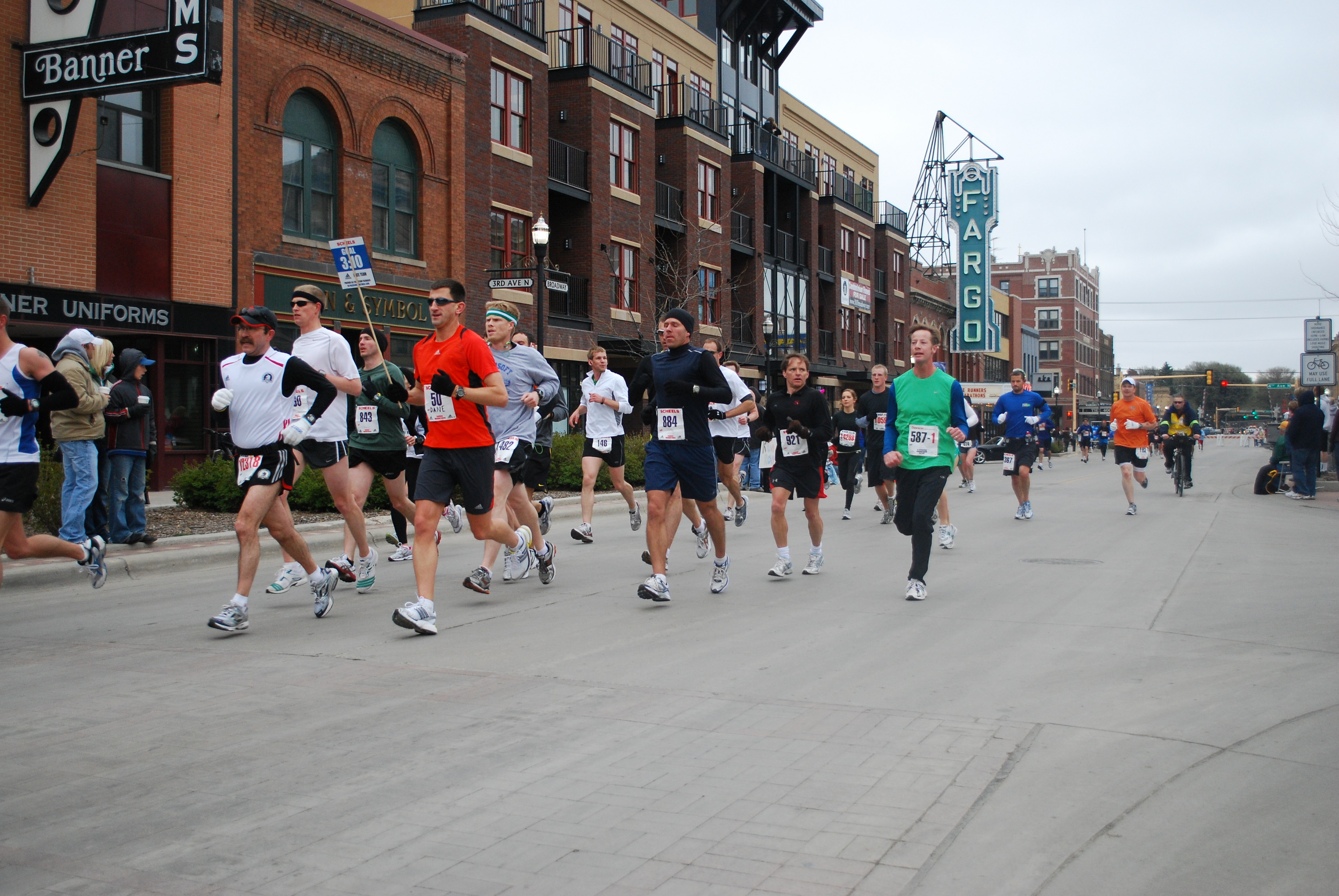
"We can only do the jacket for the full or half because the price point is so high," Knutson said. “Rugged Races has done a great job with the runners. The hardest thing with races around the country is so many do not offer refunds or deferrals.”
The original plan in June was to have the start and finish lines outside instead of inside the Fargodome like it’s been in recent years. Runners were going to begin in corrals of no more than 500 people.
Around 10,000 were registered for all events with a planned cap of 15,000 for the entire week. Most years attract around 20,000 entrants.
At the time of the rescheduling announcement in June, the state of North Dakota was at a green level of risk for the coronavirus, which is one below the optimal blue level. The state was still at a green level on Monday, but it appears to be trending the other way toward an orange level.
“We felt we had a good plan, I still feel we had a good plan,” Knutson said. “But we felt if even one person gets it because of the event, how can you put a price on that? The way things are going, we don’t need to be the ones to have something happen and people blaming the marathon.”
(07/28/20) Views: 80Jeff Kolpack
After injuries and quarantine, Argentina’s Belén Casetta once again inspired to push for Olympic qualification
Successful and versatile throughout her youth, Argentina’s Belén Casetta pushed her own limits and found extraordinary inspiration at the 2017 World Championships.
Then, in the heats of the 3000m steeplechase at London’s Olympic Stadium, the Mar del Plata-born Casetta improved her personal best to 9:35.78 and became the second Argentine athlete – and first woman from the country – to reach a World Championships final. Argentina’s only other World Championships finalist was Antonio Silio, who finished eighth in the men’s 10,000m in Stuttgart in 1993.
In the final in London, Casetta was even more inspired. After cutting her personal best by seven seconds to reach it, she improved further, to 9:25.99, to finish 11th.

After that decisive moment, all kinds of obstacles seem to be at her path. But her no-quitting attitude has always prevailed, even during these challenging times when the Covid-19 pandemic has put her up to an even bigger test.
“I started 2018 very well, but after that I had an awful series of injuries (fibula, femur, two problems at the L2 vertebrae, stress fracture at the second metatarsal, tear of the femoral biceps),” explains Casetta from her training base in Tafí del Valle in the province of Tucumán. “I was able to return to form late in 2018.”
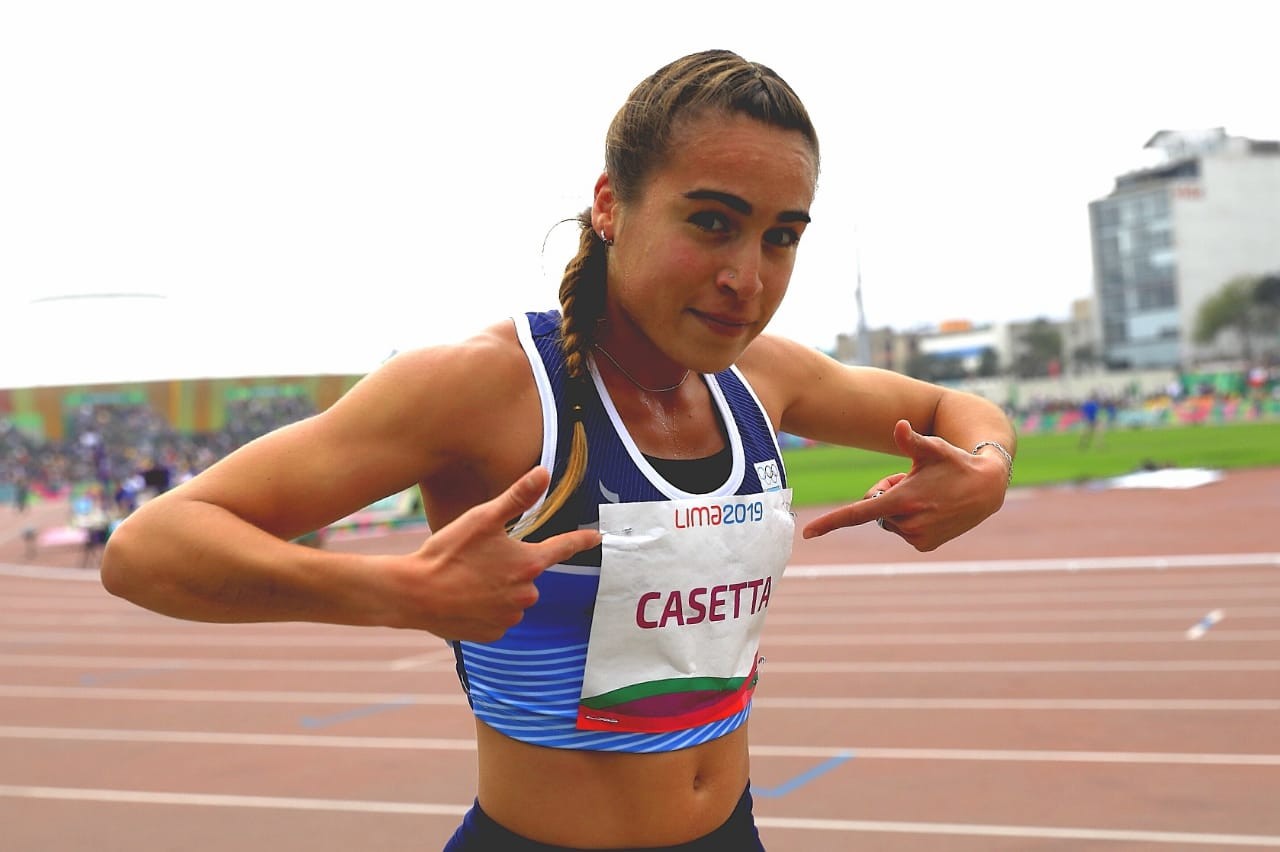
In 2019, after her latest injury, Casetta started the year quietly, with a silver medal at the South American Championships (10:04.54). Later she was second at the World University Games in Napoli and third at the Pan-American Games. Her season ended with a best performance of 9:40.05 (at Naimette-Xhovémont) and a ninth-place finish in the heats of the World Championships in Doha, this time unable to advance to the final.
After what she had been through in 2018, though, Casetta was happy to complete a full season and to be operating near her best as she started to turn her attention towards the Olympic year in a bid to qualify for her second Games.
Unforgettable trip to Kenya
As part of her preparations for 2020, Casetta and her coach, Leonard Malgor, headed to Iten in Kenya in February this year for a training stint. They planned on staying there until the end of March before returning to Argentina to take part in the South American Grand Prix.
Lockdown in Argentina was very strict, which made life difficult for Casetta, who, naturally as a world-class athlete, is a very active person.
“I was getting really desperate because as the days were passing, I felt I was losing all form I had gained while in Kenya,” she says. “Then, once I started to train, adapting to the circumstances of the small apartment, I started to lose motivation too, because I was getting bored of doing the same routines. I was finally able to run at home once a gym lent me a treadmill, but the machine broke down after two weeks.
“Once I couldn’t run anymore, I had to go back to jumping the rope and doing circuit training, which is far from ideal for me,” she adds. “I was almost going crazy.”
But Casetta has managed to find some positives in these difficult circumstances.
“Thankfully my family has always been by my side to support me,” she says. “The positive side of all this is that I have been able to share most of my time with them. As I am always away, training or competing, this confinement gave me the opportunity to spend more moments with my loved ones.
“Initially I saw the postponement of the Olympic Games as something positive, since I was recovering from an injury and trying to find my best shape. But as the days went by and I saw that my fellow competitors were training and I wasn’t, I started to get desperate again. Now that I have started to run, I see that I don’t have that much time to waste; I have to qualify and get ready for Tokyo.”
(07/25/20) Views: 68The International Olympic Committee reported a surprisingly large surplus of $73.9 million for 2019, before coronavirus struck
The International Olympic Committee (IOC) has reported a surprisingly large surplus of $73.9 million (£57.6 million/€63.6 million) for 2019, as surging financial income comfortably overturned the Lausanne body's operational deficit.
The result is of limited significance in a non-Games year.
It should nonetheless stand the masters of the Olympic universe in good stead as they battle a coronavirus pandemic which has already forced the postponement of the Movement's main cash cow – the Summer Olympics – and will make a deep mark on this year's accounts.
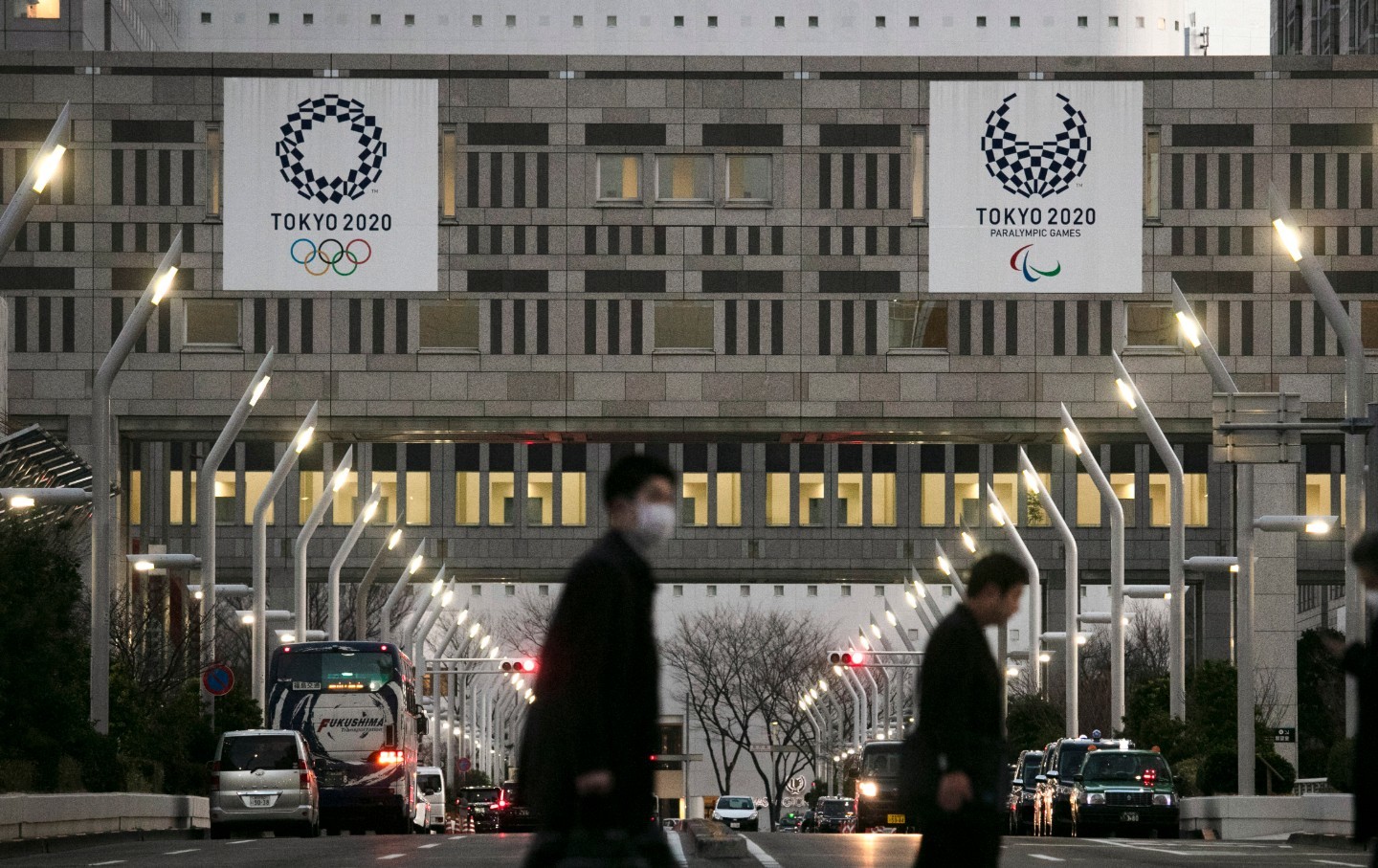
By way of comparison, in 2015 – the equivalent year in the prior Olympic cycle – the IOC posted a deficit of $325.8 million (£254.1 million/€280.2 million).
In 2017, another non-Games year, there was a surplus of just $8.7 million (£6.8 million/€7.5 million).

Financial income in the latest period amounted to $159.6 million (£124.5 million/€137.3 million), almost six times the 2018 contribution of $27 million (£21 million/€23.2 million).
An explanatory note attributes the bulk of the improvement to a "fair value increase" of $81.9 million (£63.9 million/€70.4 million) in the IOC's huge store of financial assets.
These stood at a towering $4.7 billion (£3.7 billion/€4 billion) on December 31, 2019.
The IOC's The Olympic Partner (TOP) worldwide sponsorship programme continued to power away, delivering another $548.2 million (£427.6 million/€471.5 million) of revenue.
TOP has already yielded $1.65 billion (£1.29 billion/€1.42 billion) in the cycle to date – far in excess of the $1 billion (£780 million/€860 million) it produced over the entire 2013-2016 Olympic quadrennium.
With TOP income surging, the IOC's contributions from this revenue stream to the United States Olympic and Paralympic Committee (USOPC) have also been in particularly steep ascent.
In 2019, the accounts indicate, $88.2 million (£68.9 million/€75.9 million) of TOP programme revenue was distributed to the USOPC.
This is an increase of 176.5 per cent from the $31.9 million (£24.9 million/€27.4 million) distributed in 2015, i.e at the same stage in the last Olympic cycle.
Over the same period, distributions from TOP to other National Olympic Committees (NOCs) rose from $40.1 million (£31.3 million/€34.5 million) to $82.9 million (£64.7 million/€71.3 million) – an increase of 106.7 per cent.
Total assets at end-December 2019 were put at $5.3 billion (£4.1 billion/€4.6 billion), up from $4.1 billion (£3.2 billion/€3.5 billion) a year earlier.
The IOC's fund balance at the end of last year was said to total $2.5 billion (£1.95 billion/€2.15 billion), up from $2.4 billion (£1.87 billion/€2.05 billion) at end-2018.
(07/24/20) Views: 66David Owen
Mile runner Jim Ryun Receives the Medal of Freedom at the White House
Jim Ryun, the first U.S. high schooler to break four minutes in the mile and an Olympic silver medalist, receives the Presidential Medal of Freedom in the Oval Office, the nation’s highest civilian honor, on Friday.
President Donald Trump on Friday presented one of the nation’s highest civilian honors to Jim Ryun, a former Republican congressman and the first U.S. high schooler to break the 4-minute barrier in running the mile.
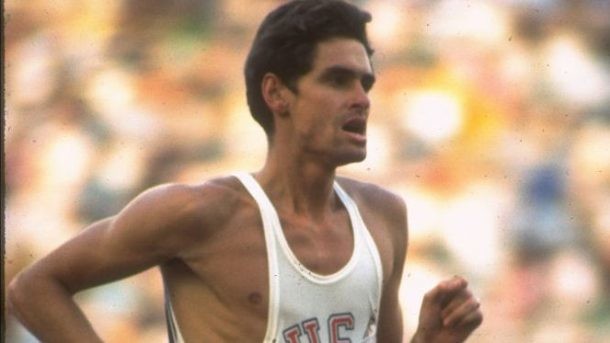
Ryun was the 1968 Olympic silver medalist in the 1,500-meter run and is a three-time Olympian. Trump presented him with the Presidential Medal of Freedom during a ceremony at the White House, calling him a “Legendary athlete and legendary runner."
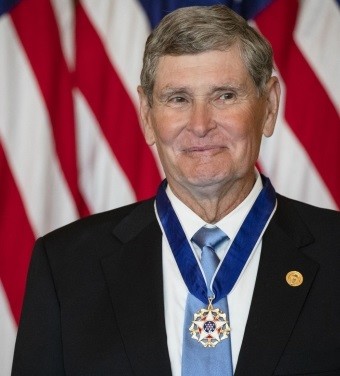
The Presidential Medal of Freedom is presented to those who make especially meritorious contributions to the nation.
He joins a long line of Olympians to receive the Presidential Medal of Freedom, including Jesse Owens, Muhammad Ali and Pat Summitt.
In a news release Tuesday, the White House said it is awarded “to individuals who have made especially meritorious contributions to the security or national interests of the United States, to world peace, or to cultural or other significant public or private endeavors.”
“I’m very humble that I was even considered,” Ryun said by phone on Monday. “One of the things that’s really special about it, too, is that I’m getting it while I’m alive. Sometimes these are awarded after you’re dead.”
Ryun, 73, followed his running career, which included an eight-year span as mile world-record holder, by serving two terms as a U.S. Congressman for Kansas from 1996-2007. Last Friday marked the 54th anniversary of his mile world record performance of 3:51.3 at age 19.
Ryun competed in the Olympic 1500m in 1964 (at age 17), 1968 and 1972. He reached the final in 1968 and earned silver behind Kenyan Kip Keino. He remains the 11th-fastest miler in U.S. history and the oldest in the top 75.
Ryun reflected Monday about failing to make any of his junior high school’s sports teams. He was even cut from his church baseball squad. But within two years of starting cross-country in high school, he broke the four-minute barrier and made the Olympics.
When LeBron James was getting national TV coverage as a high school phenom, ESPN published a list of the greatest prep athletes in history. James was No. 3. Tiger Woods was No. 2. Ryun was No. 1.
Ryun said he still runs two or three days a week.
“But you can’t really call it running anymore. It’s so slow,” he said. “It’s certainly not very fast. It used to be four-minute miles. I’m not even sure I could do a four-minute half-mile now.”
(07/24/20) Views: 59OlympicTalk


